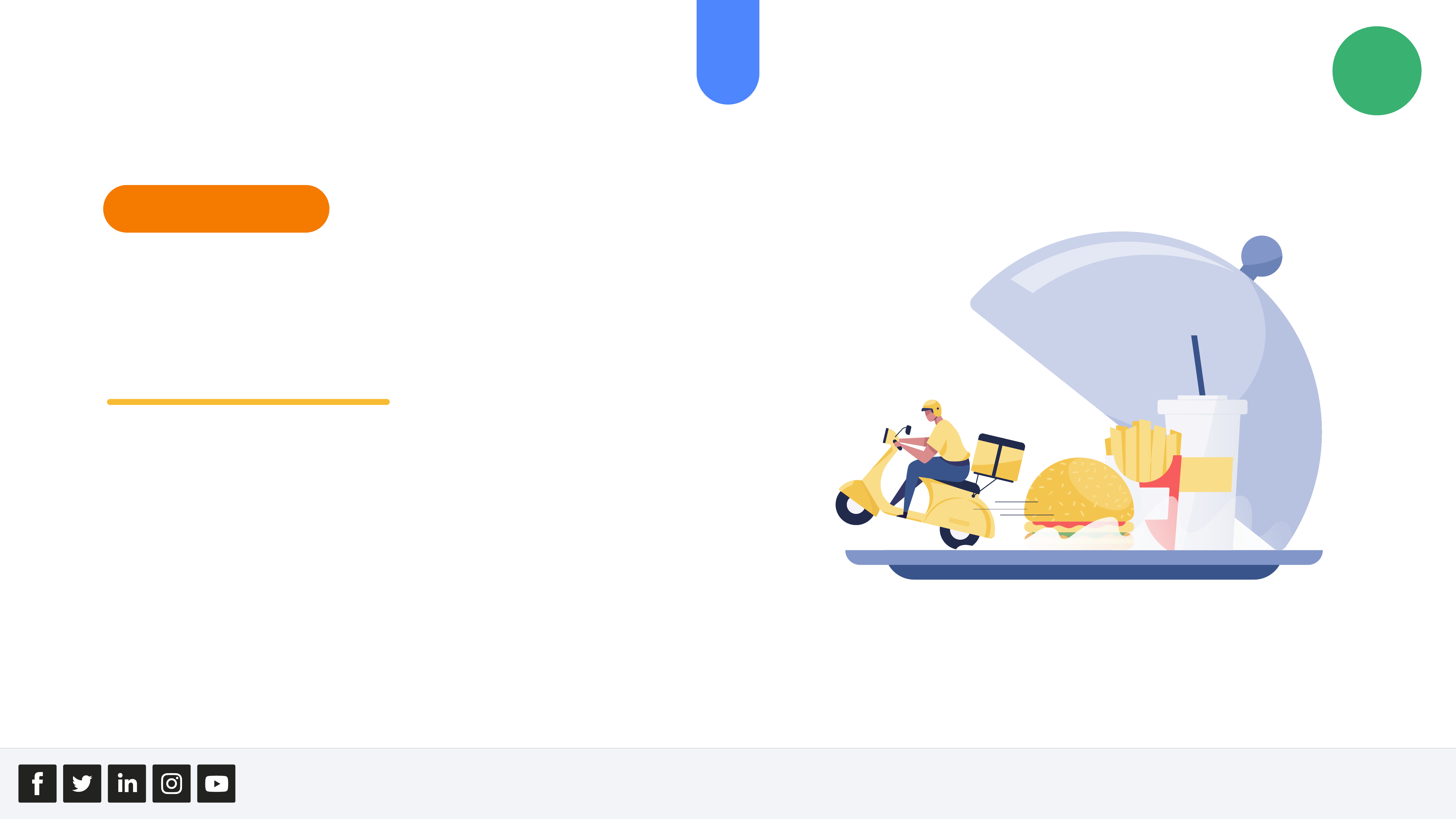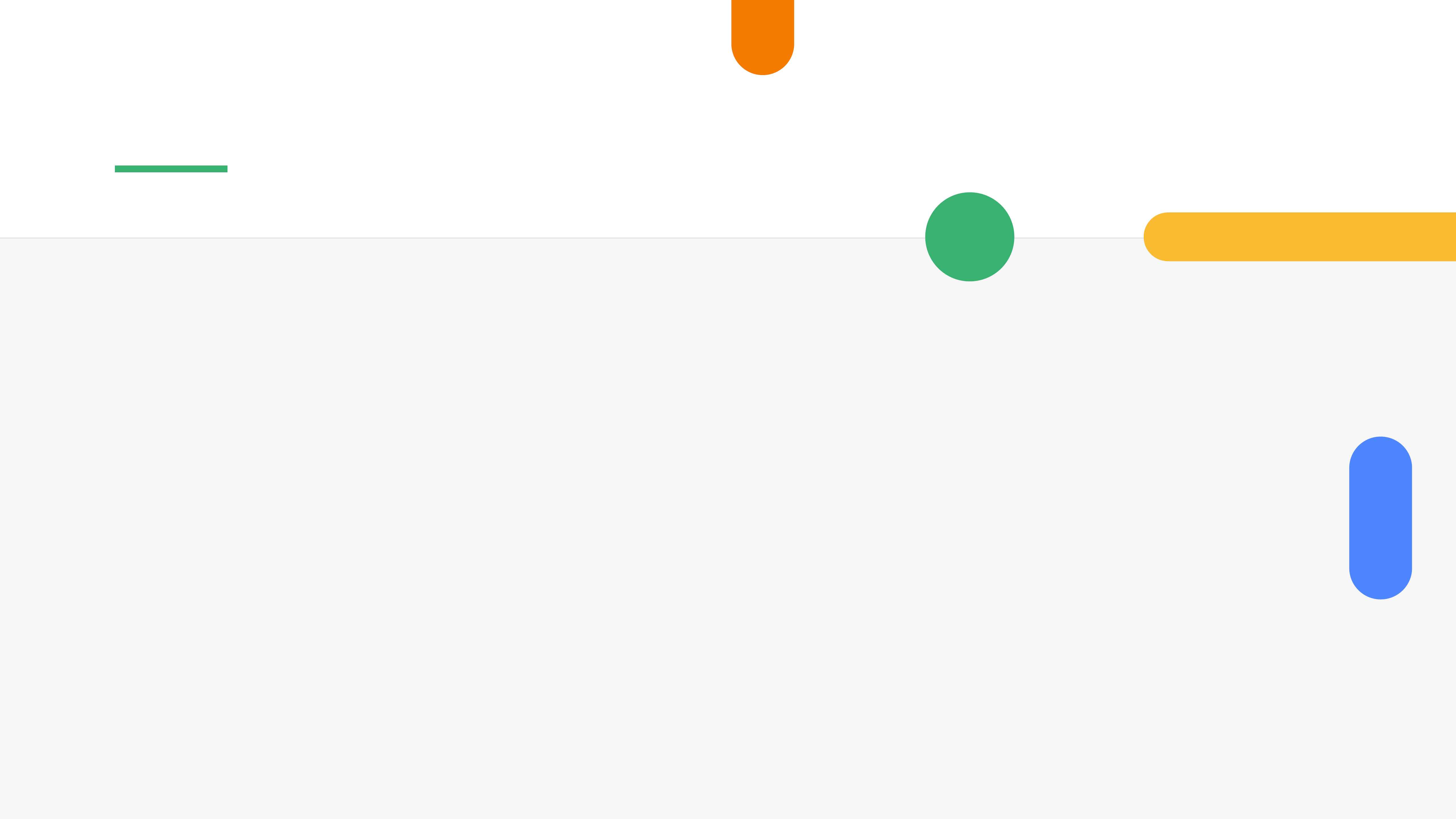
The Problem
Our client (brand name is kept anonymous due to the client's request) is one of the leaders within the
fast-food industry. Their aim was to gain a competitive advantage by processing orders faster than
industry average, even during peak periods.
To achieve such success, the client wanted to deploy a voicebot. This voicebot was to ensure problem-
free deliveries and improve customer satisfaction rates.
The desired AI solution was also to utilize machine learning to help take phone orders by predicting
customer requirements and preferences, providing our client with the capability to take more orders in
less time and with fewer agents.

Our Solution
To deliver on our client’s each and every goal, we created a customized IVR solution via
Google Dialogflow—packed with speech recognition and machine learning capabilities.
The designed system perfectly mimicked a friendly, clever, and solution-oriented
employee. Thus, even in case of a problem, the bot would align with the brand narrative
and thus work towards a higher brand perception.
With a distinctive database that memorizes the menu, pricing, and promotions, the
voicebot was designed to interact with frequent customers. Utilizing machine learning
capabilities, the voicebot can also predict custom orders such as "no pickles" or "extra
cheese."
The IVR automatically updates its database with new information regarding the
products and existing customers, such as product stock, price changes, address info,
new customization options, etc. And, in case the customer orders any non-existing
products, the system kindly informs them and navigates the customer to existing
products that can be ordered.
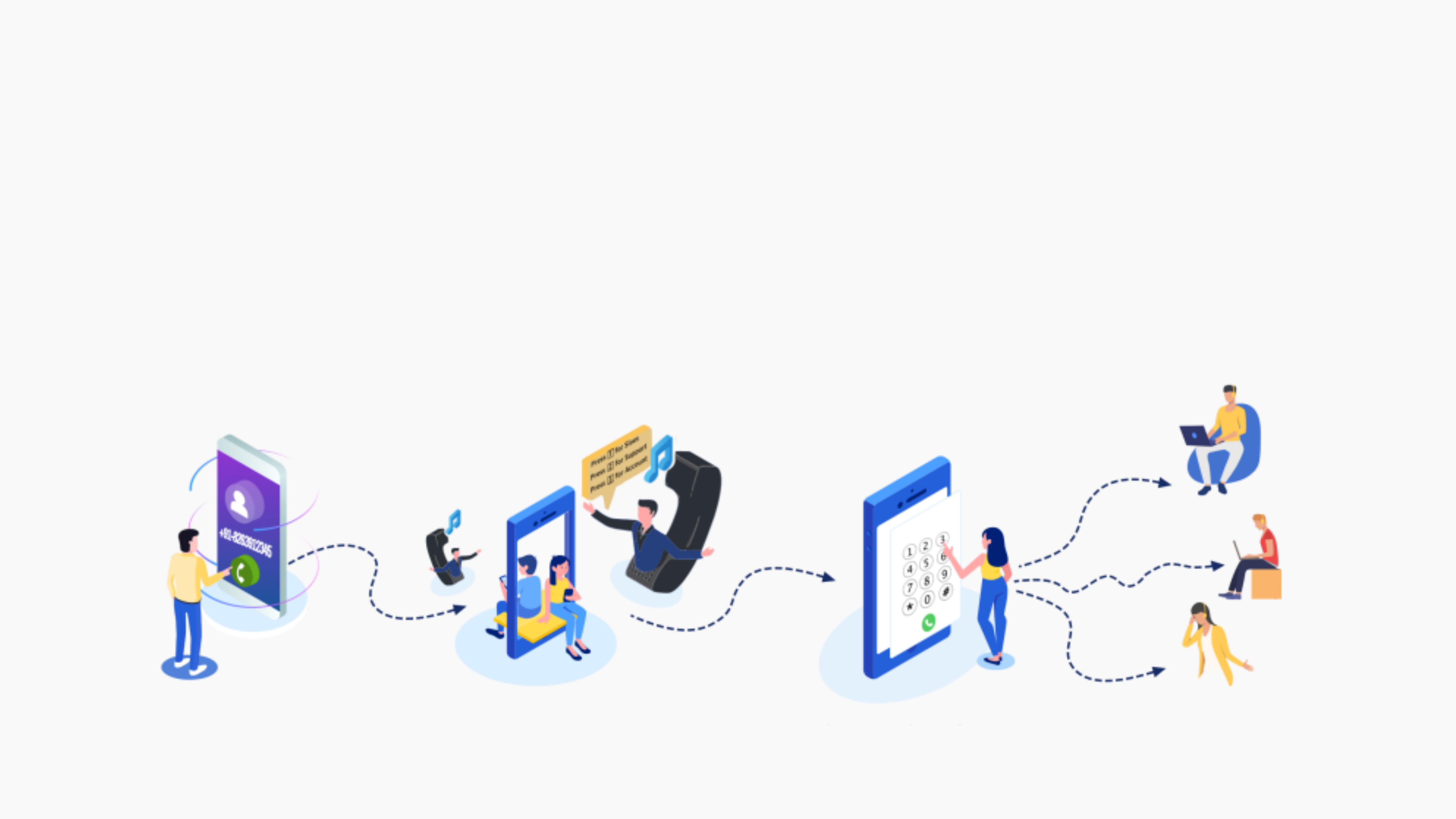
The IVR system decides whether the caller should be transferred to the voicebot or a live agent based on the caller ID.
If the number matches with its database, the caller is directed to the voicebot, where they can easily give their order.
Thus, the IVR system connects with the brand’s frequent buyers and quickly gets their orders, while the live agents are
able to deal with new customers, get their orders and create their profile within the database for further orders.
This approach made sure that our client simultaneously got orders from existing and new customers while saving on
time, productivity and boosting customer satisfaction as they got to order faster by skipping the queue.

Implementation and Technical Approach
1. First, we analyzed and understood our client’s problem. They were aiming at increasing their service levels and
wanted to ensure that the ordering processes were running just as perfectly—for the restaurants and their
customers.
2. After careful observation, our expert Project Team suggested using a voicebot designed by our dedicated
Dialogflow Team. The voicebot was to create humanized communications with the callers.
3. We also recommended implementing an IVR system to ensure only frequent buyers (customers familiar with the
system) are transferred to the voicebot. In contrast, new customers who are less likely to be aware of the ordering
process are transferred to a live agent.
4. We created a seamless integration with the client’s CRM program and our IVR flow. So, the system was able to
identify the caller and whether or not they had a registered address within the database.
5. Depending on the information retrieved from the CRM, the caller was transferred either to the voicebot or a live
agent.

6. Our Dialogflow team created a conversation design by introducing identified related terms, menu items, and
keywords to the voicebot.
7. Then, they aligned the voicebot’s persona with our client’s brand image, giving it a friendly, energetic, and
professional characteristic.
8. Once the content and the persona were completed, our team started to design the conversation flow.
9. First, our voicebot would introduce itself and prompt the order process by asking, “Would you like to order now?”
Following a positive response, voicebot then confirms the address that was retrieved from the client’s CRM by
asking, “Your registered address with us is. Would you like to order to this address?"
10.In case the response to any of these two questions is negative, then the caller is transferred to a live agent to
identify the caller's request.
11.Upon confirming the caller has come to make an order and that his/her address is correct, the voicebot proceeds
with taking the order. At this point, the voicebot asks, “OK. You can tell me the name of the product you want. For
example, say Then the caller is asked if he/she would like to make any changes to their selection, make their
selection a combo deal, supersize their selection, how many they would like, what they would like to drink, what
they would take as a dipping sauce, etc.

12. The order is then read back to the caller, followed by the total
cost. The customer is also given an option to add anything else
to the order. “1 king-size added to order. Total order price £29.
Would you like to add anything else?”
13. After taking the order, the voicebot asks, “You can pay by cash
or credit card. Which one would you prefer?”
14. Finally, the voicebot confirms that the order was received and
notifies the caller about the average delivery time.
15. In case the caller gives any unknown request or response, the
vociebot’s machine learning capabilities help the voicebot log
the issue and give examples to the caller to prompt them to
rephrase the unrecognized response.
16. As machine learning capabilities help define and learn how to
deal with unrecognized terms, our Dialogflow team supervises
the voicebot to make timely adjustments to the conversation
flow.
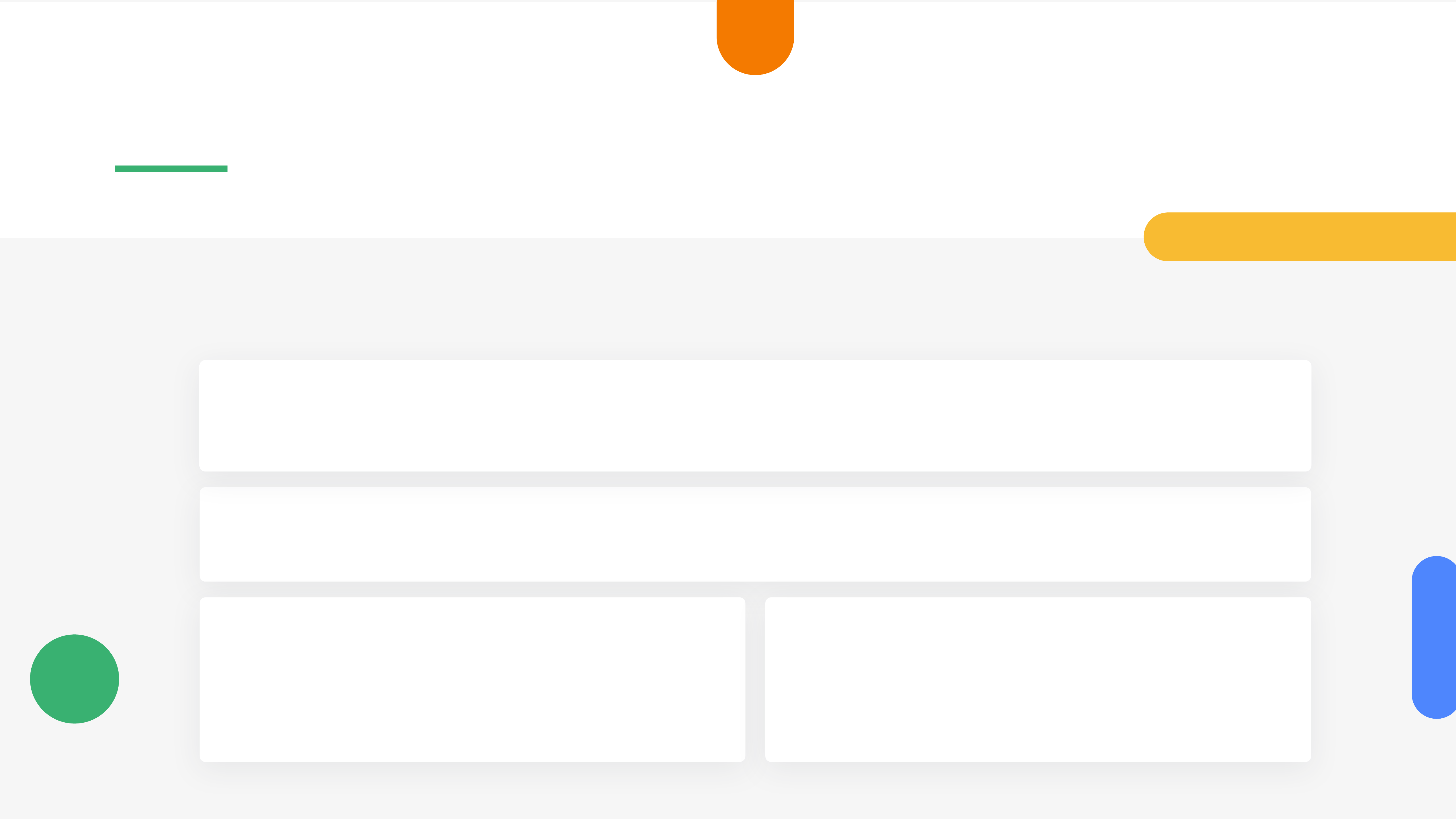
Client Benefits
Operational E!ciency
Our client expects more than 50% of all orders to be handled by Dialogflow within the next 12 months.
Better Insight
The client could track the online order percentages
and understand the online consumer profiles. Thus
they could manage online marketing campaigns
accordingly and update the system constantly.
Competitive Advantage
As Dialogflow was able to manage most of the order
volume, agents got to work more e!ciently. Thus, our
client achieved huge success by processing deliveries
8 times faster than its competitors.
Cost E!ciency
The client increased service levels by 45% while expanding the operation without having the need to increase the
number of agents.
Deploying our voicebot and complementary IVR system ensured a multitude of
benefits for our client while helping them achieve their goals.
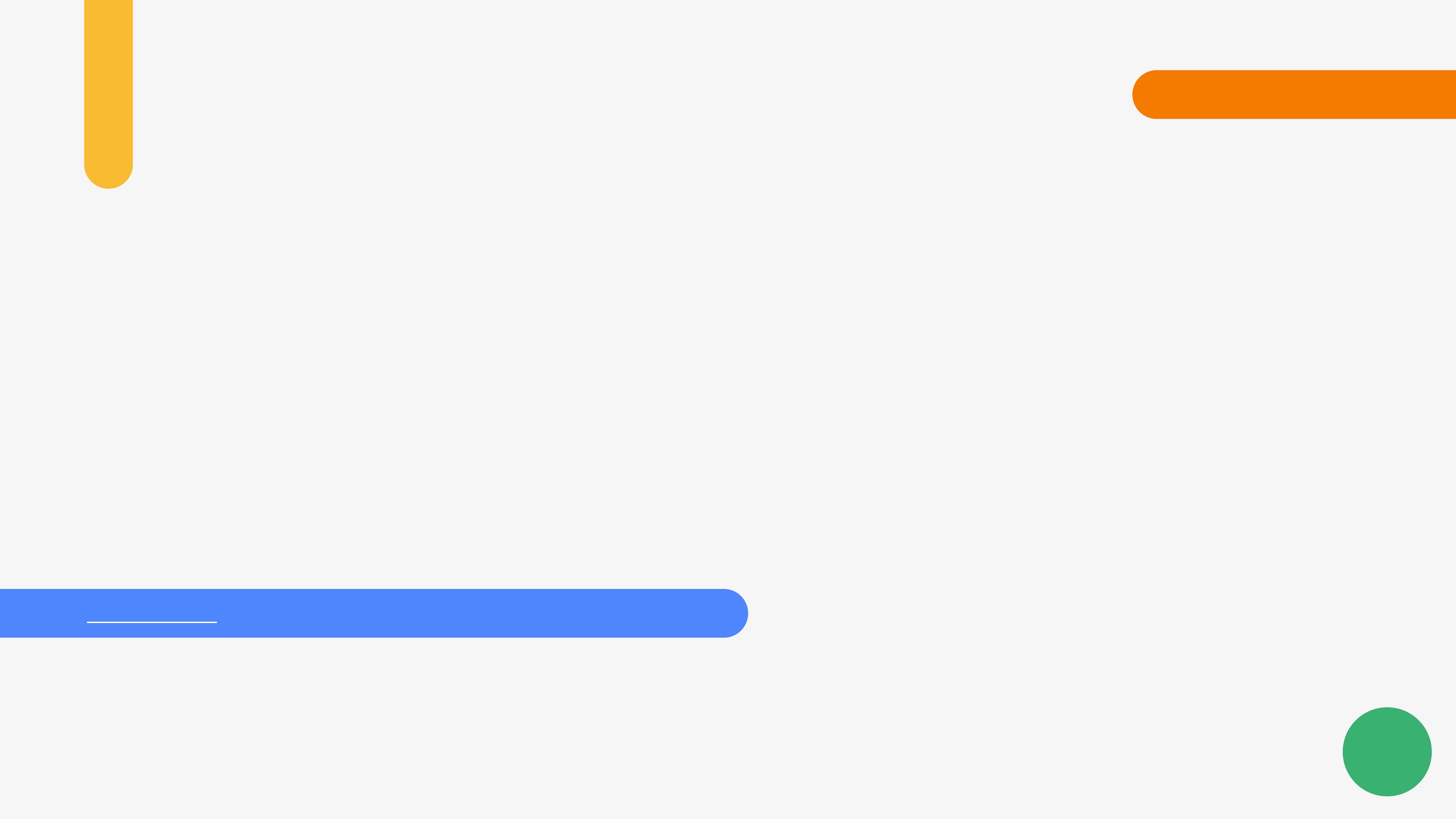
Looking for a call center
solution that will:
•
Have your back throughout high seasons,
•
Give you the ability to scale up and down according to your business needs,
•
Ensure cost e!ciency and drive operational e!ciency, and
•
Improve CX across all channels?
Contact us and let’s discuss what we can do for you.
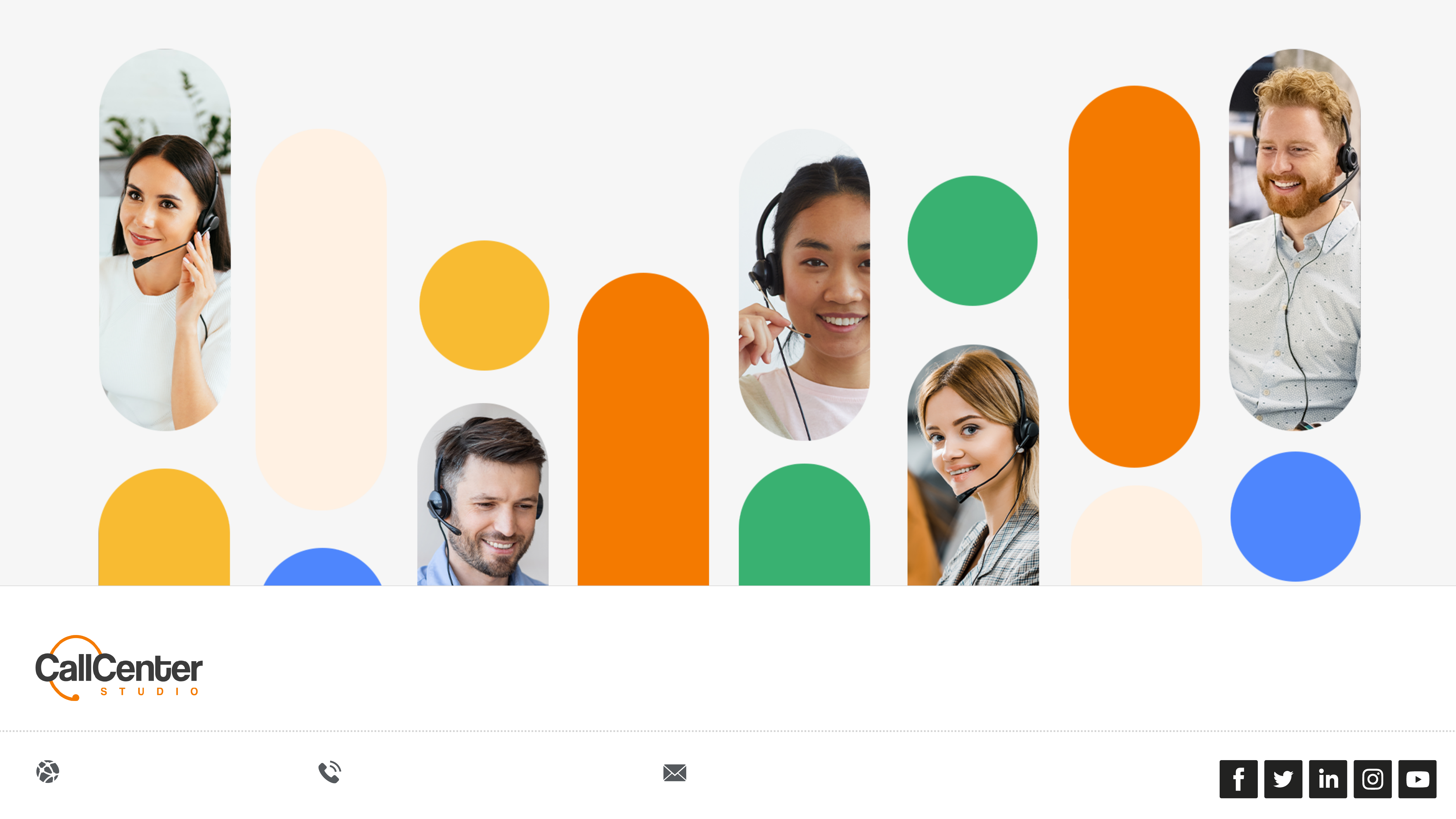
This case study was created by Call Center Studio, named “Best SaaS Cloud Service Provider” by Eurocloud, and the "Cloud Innovation Worldcup Winner" in New York. Used
by some of the world’s top brands (FedEx, eBay, Dominos, Deloitte, PepsiCo, KPMG, Little Caesars, Dyson, ESRI, Teleperformance, Xerox, and more), Call Center Studio is
revolutionizing the call center software industry. We encourage you to work with a call center software explicitly designed to increase your company’s e!ciency.
+1 512 309 5001 | +44 20 8144 4804
info@callcenterstudio.com
www.callcenterstudio.com
